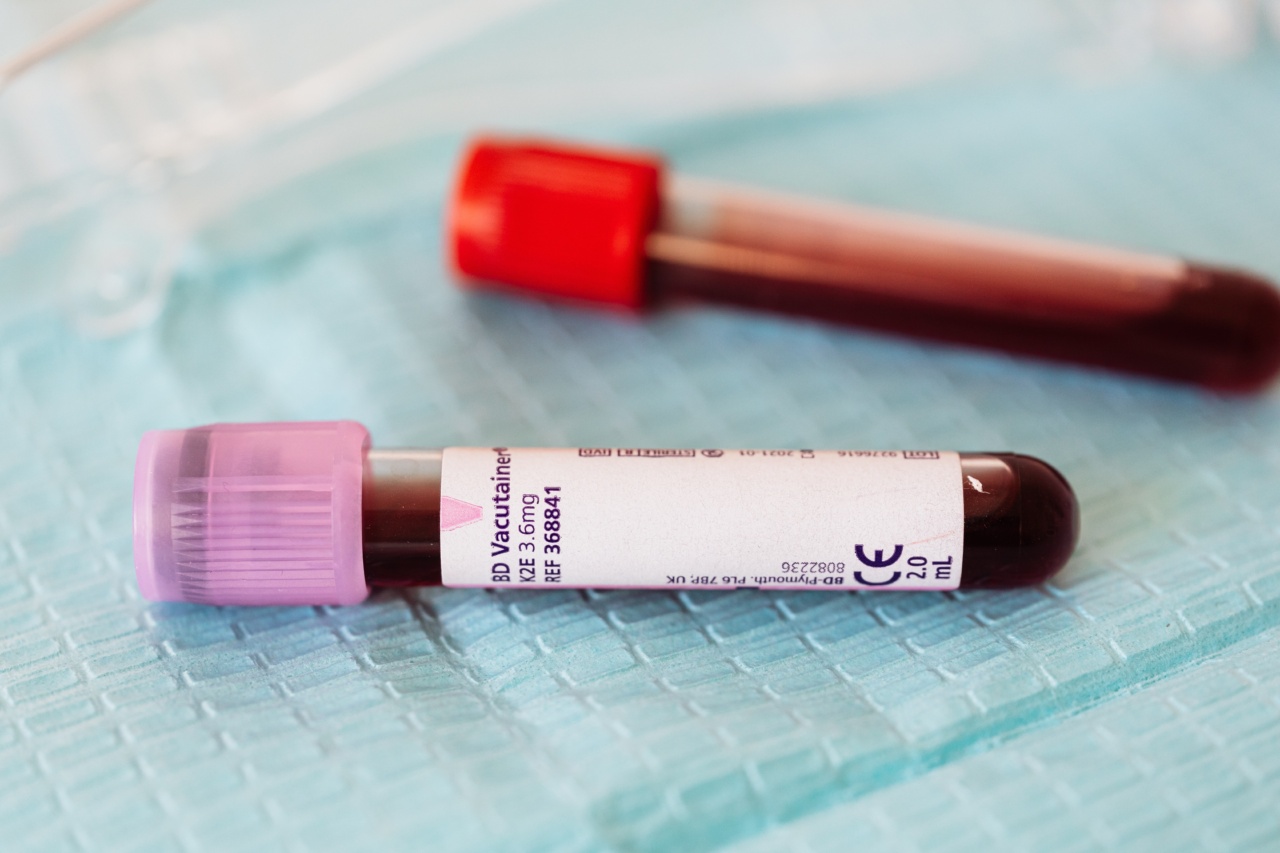Huntington’s disease is a genetic disorder that affects the brain cells, leading to the progressive decline of neurological functions.
This debilitating condition has no known cure and affects approximately one in every 10,000 individuals worldwide. The dire need for a prognostic tool to predict the onset and progression of Huntington’s disease has led researchers to develop a groundbreaking blood test.
This article explores how scientists have formulated the premier blood test to prognosticate Huntington’s disease.
Understanding Huntington’s Disease
Before delving into the blood test, it is essential to comprehend the basics of Huntington’s disease. This hereditary disorder is caused by a mutation in the huntingtin gene (HTT).
Normally, this gene contains DNA segments called CAG repeats in the initial genetic sequence. However, in individuals with Huntington’s disease, these CAG repeats are excessively long, leading to the production of abnormal huntingtin protein.
This mutant protein accumulates in the brain cells, causing neurodegeneration and resulting in the manifestation of various motor, cognitive, and psychiatric symptoms.
Prior Challenges in Prognostication
Historically, the diagnosis and prediction of Huntington’s disease have primarily relied on clinical observation and genetic testing.
While genetic tests can identify the presence of the mutant HTT gene, they cannot provide insight into the timing and severity of the disease manifestation. Predicting the onset of Huntington’s disease has been a challenge for healthcare professionals, causing significant frustration for both patients and their families.
The Development of the Blood Test
In recent years, researchers have made significant strides in their understanding of Huntington’s disease, particularly in identifying biomarkers associated with disease progression.
This knowledge paved the way for the formulation of a premier blood test capable of prognosticating Huntington’s disease.
Identification of Biomarkers
To develop the blood test, scientists extensively studied the cerebrospinal fluid (CSF) and blood samples of individuals with Huntington’s disease.
They aimed to identify specific biomarkers that could serve as indicators for disease onset and progression. Through advanced proteomic and genomic analysis techniques, researchers discovered several promising biomarkers that exhibited significant alterations in individuals with Huntington’s disease compared to healthy individuals.
Exploring Protein Biomarkers
One category of biomarkers extensively studied was protein biomarkers. Researchers analyzed the levels of certain proteins in the blood samples of individuals with Huntington’s disease and compared them to those in healthy controls.
They discovered that certain proteins, such as neurofilament light (NfL) and huntingtin-associated protein 1 (HAP1), exhibited notable differences in expression levels. Elevated levels of NfL and decreased levels of HAP1 were consistently associated with the progression of Huntington’s disease.
Genetic Biomarkers
In addition to protein biomarkers, researchers also focused on genetic biomarkers associated with Huntington’s disease.
By analyzing the genetic profiles of individuals with Huntington’s disease, scientists identified specific gene expression patterns that signaled the presence and progression of the disease. These biomarkers included altered expression levels of genes involved in oxidative stress, cell death pathways, and neuroinflammation.
The Development of Diagnostic Algorithms
Once the biomarkers were identified, researchers developed diagnostic algorithms based on the analysis of multiple markers.
These algorithms utilized both protein and genetic biomarkers to provide a comprehensive assessment of an individual’s risk for developing Huntington’s disease and the likely progression trajectory.
Accuracy and Feasibility
Scientists conducted extensive validation studies to assess the accuracy and feasibility of the blood test.
The results were highly promising, with the test demonstrating a high degree of sensitivity and specificity in predicting the onset and advancement of Huntington’s disease. However, further large-scale studies are still needed to confirm these findings and refine the prognostic accuracy of the blood test.
Implications and Future Directions
The development of this premier blood test to prognosticate Huntington’s disease has significant implications for both patients and clinicians.
It offers hope for early interventions and personalized treatment plans, potentially delaying the onset of symptoms and improving the overall quality of life for individuals with Huntington’s disease. Furthermore, this blood test opens doors for research exploring targeted therapies and novel treatment approaches for this devastating condition.
Conclusion
Formulating the premier blood test to prognosticate Huntington’s disease marks a pivotal milestone in the field of medical research.
This groundbreaking test, utilizing protein and genetic biomarkers, has the potential to revolutionize the way we predict and manage Huntington’s disease. As further research and clinical trials unfold, the widespread implementation of this blood test holds promise for a brighter future for individuals and families affected by this devastating genetic disorder.


























